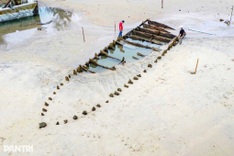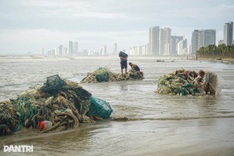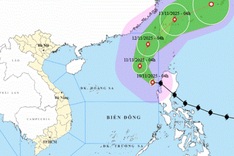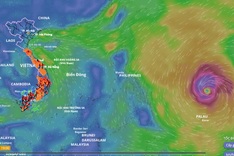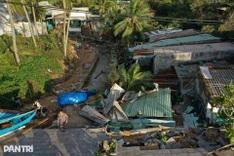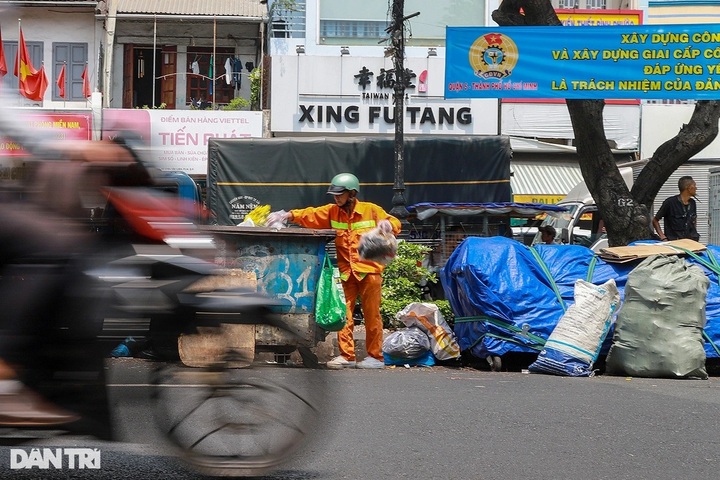
An environmental worker in Ho Chi Minh City
Under a new directive issued by the city’s People’s Committee, specific waste service fees have been set for individuals, households, companies, industrial parks, and organisations across three regions: Thu Duc City and inner districts; Can Gio, Nha Be, and Hoc Mon; and Binh Chanh and Cu Chi.
In Thu Duc City and inner districts, households generating up to 126 kilograms of waste per month will pay VND 61,000 for collection and VND 23,000 for transportation. For those generating between 126 and 250 kilograms, the fees rise to VND 91,000 and VND 34,000, respectively.
Households producing 250 to 420 kilograms will pay VND 163,000 for collection and VND 60,000 for transportation. For waste exceeding 420 kilograms per month, the charges are calculated per kilogram, approximately VND 486 for collection and VND 180 for transportation.
In the second region, Hoc Mon, Nha Be, and Can Gio, the fees for under 126 kilograms of waste are VND 57,000 for collection and VND 23,000 for transportation. Between 126 and 250 kilograms, the charges are VND 85,000 and VND 34,000. From 250 to 420 kilograms, the fee is VND 152,000 and VND 60,000. Beyond 420 kilograms, the per-kilogram rate is VND 453 for collection and VND 180 for transportation.
The new fee structure replaces the 2018 framework that allowed each district to set their own collection rates within a general pricing cap. City officials say the updated model is intended to ensure fair, transparent cost recovery and better waste management outcomes.
Ho Chi Minh City generates around 9,800 tonnes of household waste daily, rising to 11,000 tonnes during holidays and festivals. Most waste is still buried in landfills, raising environmental concerns, while smaller portions are incinerated, composted, or recycled.


